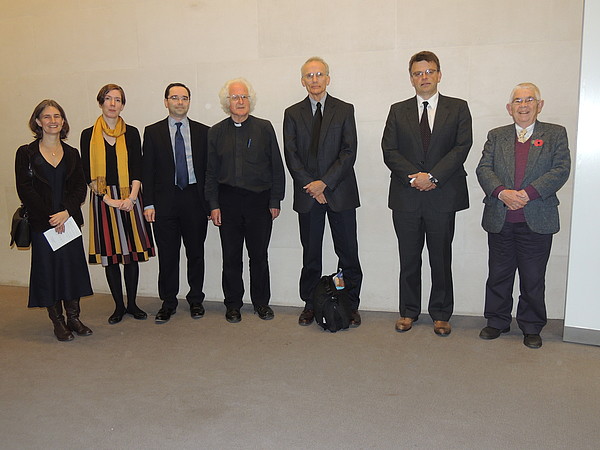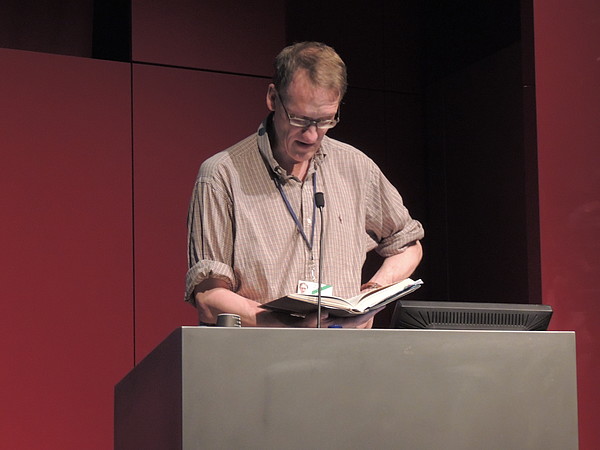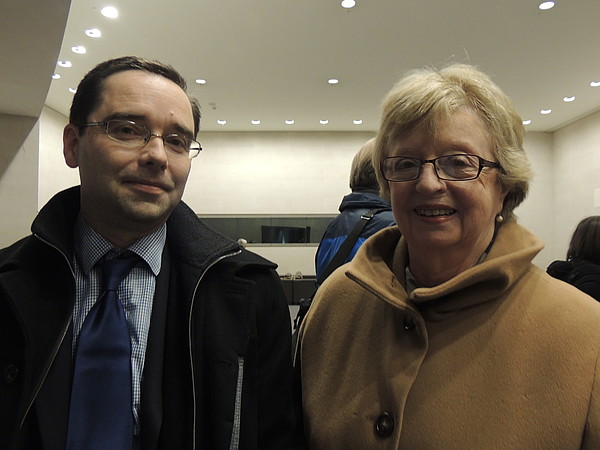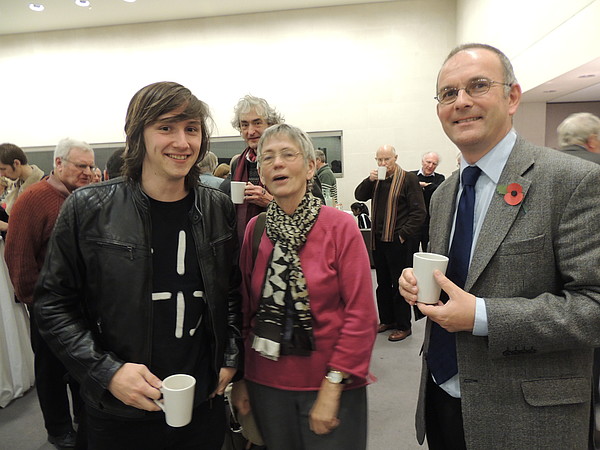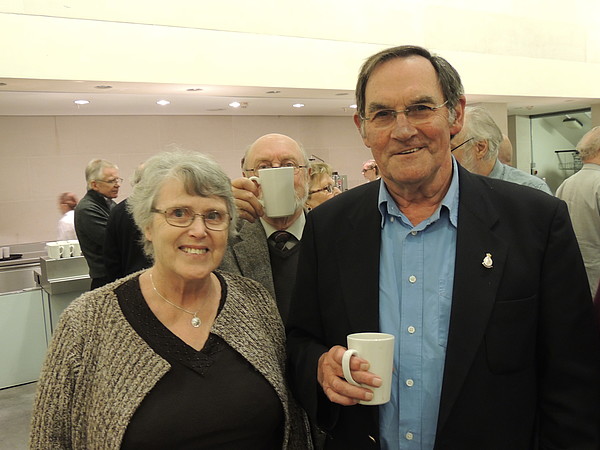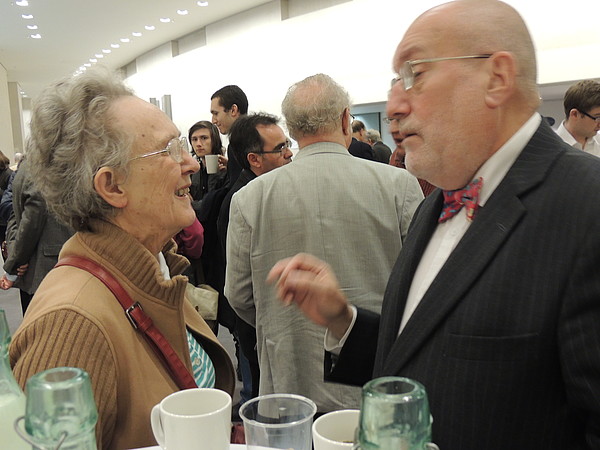AD 312 Constantine's Victory at the Milvian Bridge
The Roman Society and the Association of Roman Archaeology
BP Theatre, Clore Education Centre, British Museum
Saturday 3 November, 2012
10.30 – 12.00 ARA AGM
1.30 Professor John Wilkes (Institute of Archaeology, UCL): Introduction
1.40 Professor Raymond Van Dam (University of Michigan): Two Emperors at the Milvian Bridge
In 306 Constantine was proclaimed emperor at York, and Maxentius at Rome. They were both sons of Tetrarchic emperors, and they became brothers-in-law when Constantine married Maxentius’ sister in 307. In 312 Constantine invaded Italy and marched on Rome. The confrontation between the two emperors highlighted two important historical trends. One concerned the orientation of the Roman empire. Maxentius represented the conventional importance of Rome as the capital of a Mediterranean empire, while Constantine represented the increasing significance of frontier zones, in particular in the north along the Rhine and Danube rivers. A second trend concerned the nature of Roman emperorship. Maxentius was reviving an older, traditional Republican image of emperors, while Constantine was continuing the newer Tetrarchic model of divine emperors, but within Christianity rather than in opposition. This battle between a civilian emperor residing at Rome and a military emperor campaigning on frontiers emphasized contrasting notions of empire and emperorship.
2.25 Dr Sophie Lunn-Rockliffe (King’s College London): Christianity, the Cross and the Empire before the Milvian Bridge
This paper will examine the profile of Christianity across the first three centuries of the church's existence as a prelude to examining what kind of encounters Constantine might have had with it before his battlefield experience. How visible was the church to outsiders in its organisation, beliefs and symbols? What did and could non-believers know about it? Furthermore, what attitude did Christians in the early church take towards emperors and empire, and how and why did they use symbols like the cross variously to attack, ward off, and convert their opponents and persecutors, and their images? Examining these issues will frame discussion of how much Constantine would have known about Christianity, and how he made sense of his portentous, symbolic vision-dream - with the help of skilled interpreters.
3.40 Dr Doug Lee (University of Nottingham): Constantine’s Impact on Religious Change
This paper aims to examine Constantine’s impact on religious change from three different perspectives. First, there has been growing interest in recent years in the phenomenon of pagan monotheism, and this paper will begin by considering the implications of this field of scholarship for our understanding of the significance of Constantine and his impact on religious change. Secondly, it will offer some analysis of Constantine’s use of rhetoric in his public pronouncements as a way of managing the process of religious change. Thirdly, it will assess the role of Constantine’s deployment of material resources in effecting religious change.
4.25 Dr Jonathan Bardill: Constantine’s Divine Inspiration
This paper examines a selection of literary and archaeological evidence about the god who led Constantine to victory, and about Constantine’s relationship with that god. The panegyrist of 310 spoke of Apollo; Lactantius wrote of a sign of Christ; Eusebius mentioned a ‘saving sign’ in the hand of Constantine’s statue. On coins and on the Arch of Constantine in Rome, the Unconquered Sun was prominent. In statuary, Constantine was posed as Jupiter or wore the radiate crown of the sun god. Yet he was buried among the Apostles. How is this variety to be explained, and from where did Constantine’s divine inspiration, mentioned in the inscription on his triumphal arch, come?
5.10 Revd Professor Martin Henig (Institute of Archaeology, UCL): Conclusion: Constantine at the Milvian Bridge: Roman war-lord or Christian saint?
